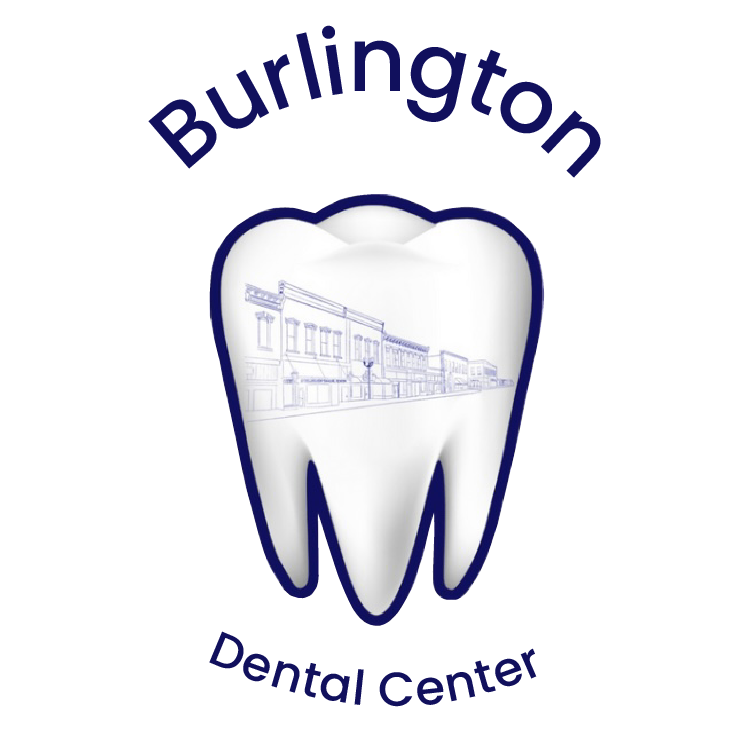
D2393 Dental Code [Meaning]
What is Dental Code D2393?
CDT code D2393 refers to a dental filling procedure for a three-surface composite on a posterior tooth, commonly used to treat cavities that encompass three contiguous surfaces of molars or premolars.
This procedure utilizes a composite resin material, known for its ability to closely match the natural color of teeth and for providing robust structural support to the weakened tooth.
When and Why is D2393 Used?
The D2393 code is utilized when a cavity affects three surfaces of a posterior tooth—typically a combination of the occlusal (biting surface) and two proximal surfaces (mesial and distal) that require a comprehensive restorative approach.
Due to their involvement in chewing and their location, posterior teeth are highly susceptible to cavities. Composite fillings are particularly beneficial not only for their aesthetic quality but also for their strength, helping to support and preserve the remaining tooth structure.
Comparison with Other Codes:
D2391 (One surface): This code applies to fillings covering one surface of a posterior tooth. It's typically the simplest posterior composite filling.
D2392 (Two surfaces): Used for cavities that affect two adjacent surfaces of a posterior tooth. It involves a moderate level of complexity.
D2394 (Four or more surfaces): Indicates a filling that involves four or more surfaces of a posterior tooth, often necessitating the most comprehensive restoration due to extensive decay.
Accurate use of these codes is crucial for detailed documentation, appropriate billing, and efficient insurance processing.
Procedure Steps Involved in a D2393 Code
A dental procedure categorized under D2393 typically involves the following steps:
Tooth Preparation: The tooth is isolated, usually with suction or a rubber dam, to prevent saliva from interfering with the materials. All decayed material is removed from the affected surfaces.
Composite Application: Composite resin is applied to the cleaned and shaped cavity, meticulously adapting it to cover all three surfaces.
Curing the Composite: The resin is cured using a specialized light to harden the material and securely bond it to the tooth structure.
Finishing and Polishing: The composite is then shaped to mimic the natural contours of the tooth and polished to a smooth finish, enhancing both function and appearance.
Importance of Accurate Coding
Accurate coding is essential for several key reasons:
Billing Accuracy: It ensures that patients are billed correctly for the specific services received.
Insurance Processing: Proper codes help streamline insurance claims, reducing denials due to coding errors.
Clinical Records: Accurate codes assist in maintaining detailed and precise clinical records, essential for quality patient care.
Appropriate Use of D2393: Limitations and Guidelines
It is important to note that D2393 is designated for fillings that extend into the dentin and involve three surfaces of a posterior tooth.
This code is not meant for simpler preventive treatments such as sealants, fissurotomy, or preventive resin restorations, which do not typically involve extensive tooth preparation or restoration of involved dentin.
Handling Insurance Claims with D2393
For dental professionals, precise knowledge and application of dental codes like D2393 can significantly enhance the efficiency of claim processing.
For patients, understanding these codes helps verify the accuracy of billing and insurance coverage, ensuring financial transparency.
Final Thoughts
The CDT D2393 dental code is vital for categorizing and billing three-surface composite fillings on posterior teeth.
A clear understanding of this code is beneficial for both dental professionals and patients, facilitating effective insurance processes and supporting optimal dental care practices. By ensuring correct usage of dental codes, practices can maintain high standards of patient care and administrative accuracy.
* Though the author of this post is a licensed dentist in the state of Kansas, this information is provided for informational and educational purposes only. Please use your best judgment and contact emergency medical services in the event of an emergency.
